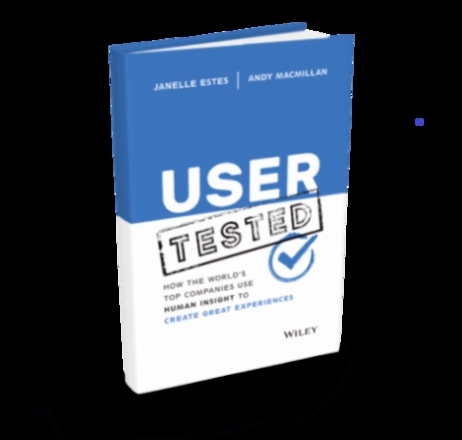
What you need to know about starting a side hustle from home

Thanks to the internet, smart technology, and a wealth of online courses, it’s been easier than ever to start a side hustle or business—especially from the comfort of your home.
Aaron De Ocampo, Video Content Producer at UserTesting, was initially motivated to start a side hustle to better himself everyday. Now, he’s gained 12 years of side hustle experience and views it as a way of life. He passes on some words of wisdom to get started, “Be curious and read up on what interests you. Or, watch some content on YouTube or leverage social media to draw inspiration. You should be finding like-minded individuals to discuss with. Go out and try, and don't be afraid to fail.”
Here’s what you need to know about starting a side hustle from home.
1. Keep your full-time employer in the loop
It’s always a good idea to double-check with your employer before committing to any side hustles or business ventures. Some organizations have restrictions set in place to prevent any conflict of interest and ensure that your number one priority is still your full-time job. By staying transparent and upfront, you can get peace of mind—and prevent any legal or contractual issues.
2. Stay aware of how your side hustle affects your taxes
Before you start planning how you’re going to use your extra income from your side hustle, keep in mind that the earnings are still taxable. In the United States, if you earn a minimum of $400 in a year from your side hustle, you’ll be required to pay self-employment taxes. Keep in mind that guidelines and regulations will vary based on the country you’re based in.
For instance, UserTesting doesn't withhold any taxes from contributors’ payments. Therefore, test participants are responsible for determining and paying any tax liabilities from payments by UserTesting.
3. Curb expectations early on
Most side hustles aren’t structured so you can “get rich quick.” Any platform will take time to get used to, and if you’re offering services or building a business, it may take some time to get started and build a reputation and portfolio. You can expect the beginning to likely be the hardest. You’ll be juggling your side hustle with your full-time role for the first time and figuring out how to best manage your time while ensuring you still have time left in the week for yourself. Experiment with the process to figure out what works best for you.
4. Not every side hustle may be worth it
Doing some research and digging, you may find that one pays more and requires less time than the one you currently have. Or, it may be more efficient to aim for upward mobility and spend your time working towards a promotion at your 9-5 employer. Or, if you’re finding that balancing both a full-time occupation and a side gig is causing you to be on the brink of burnout, this is your telltale sign that it’s time to take a step back.
Despite any pressure you may feel about participating from others, remember that a side hustle isn’t for everyone. While they’re becoming more of the norm, take into account your lifestyle, available time, and your satisfaction with your full-time role and its salary. However, if you’re planning on a side hustle being temporary, whether that’s three months or three years, you may find that your short-term sacrifice leads to a long-term payoff.

Want to learn more?
Grab a copy of User Tested: How the World's Top Companies Use Human Insight to Create Great Experiences, co-authored by UserTesting’s CIO Janelle Estes and CEO Andy MacMillan.





